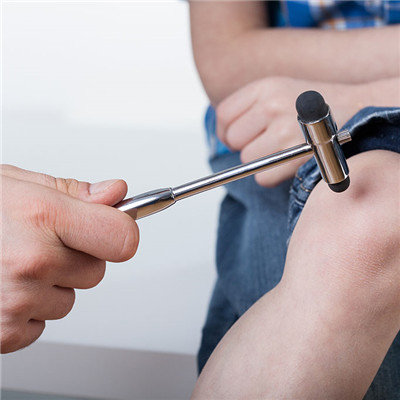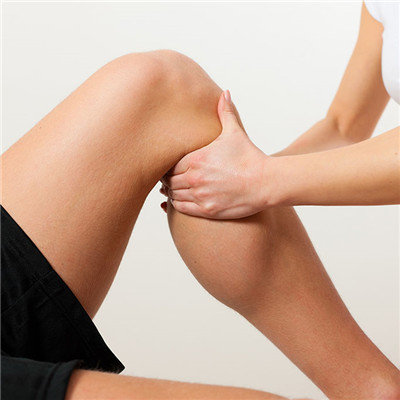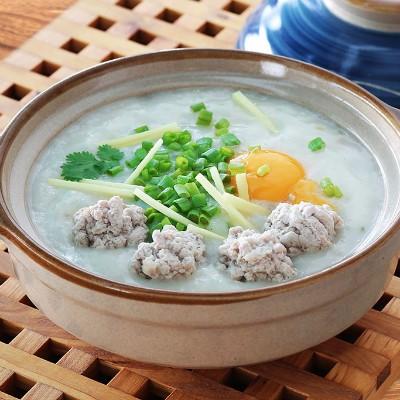Where does synovitis ache?
summary
Inflammation of synovial tissue is called synovitis, and the main symptom is joint effusion. Synovium is distributed in joints with cavities, so this kind of joint is called synovial joint. When synovitis occurs, it usually causes pain, especially when the joint is moving. Because of synovial effusion, joint swelling occurs when synovitis occurs. Where does synovitis ache? Let's talk about it
Where does synovitis ache?
When synovitis occurs, joint tenderness, swelling, elevated nodule and skin temperature, and limited movement occur. The main difference between synovitis and other joint diseases is swelling around the joint, and can increase skin temperature. In addition, the joint can be stiff and feel floating when pressing the patella.

Synovitis can also be associated with osteoarthritis, lupus erythematosus, psoriatic arthritis, gout, tuberculosis, rheumatic fever and other diseases. Compared with other forms of arthritis, synovitis is more common in rheumatoid arthritis, so it is a characteristic manifestation of rheumatoid arthritis. Rheumatoid arthritis patients, systemic synovial tissue inflammation, and gradually aggravated, making the patient very painful.

Hip synovitis often occurs in children, the main symptom is pain. In some children, pain can develop rapidly. When synovitis is serious, it can lead to children's walking difficulties and unwilling to stand. They lie in a certain position to relieve the pain. The diagnosis mainly depends on the exclusion of other possible more serious diseases, because synovitis is the relatively most common cause.

matters needing attention
Obesity, to control diet, pay attention to adjust the diet structure, reduce calorie intake, weight control in an appropriate range, reduce joint pressure and wear degree, can prevent synovitis. Excessive weight will accelerate the wear of articular cartilage, so that the pressure on the articular cartilage surface is uneven, resulting in synovitis.

















